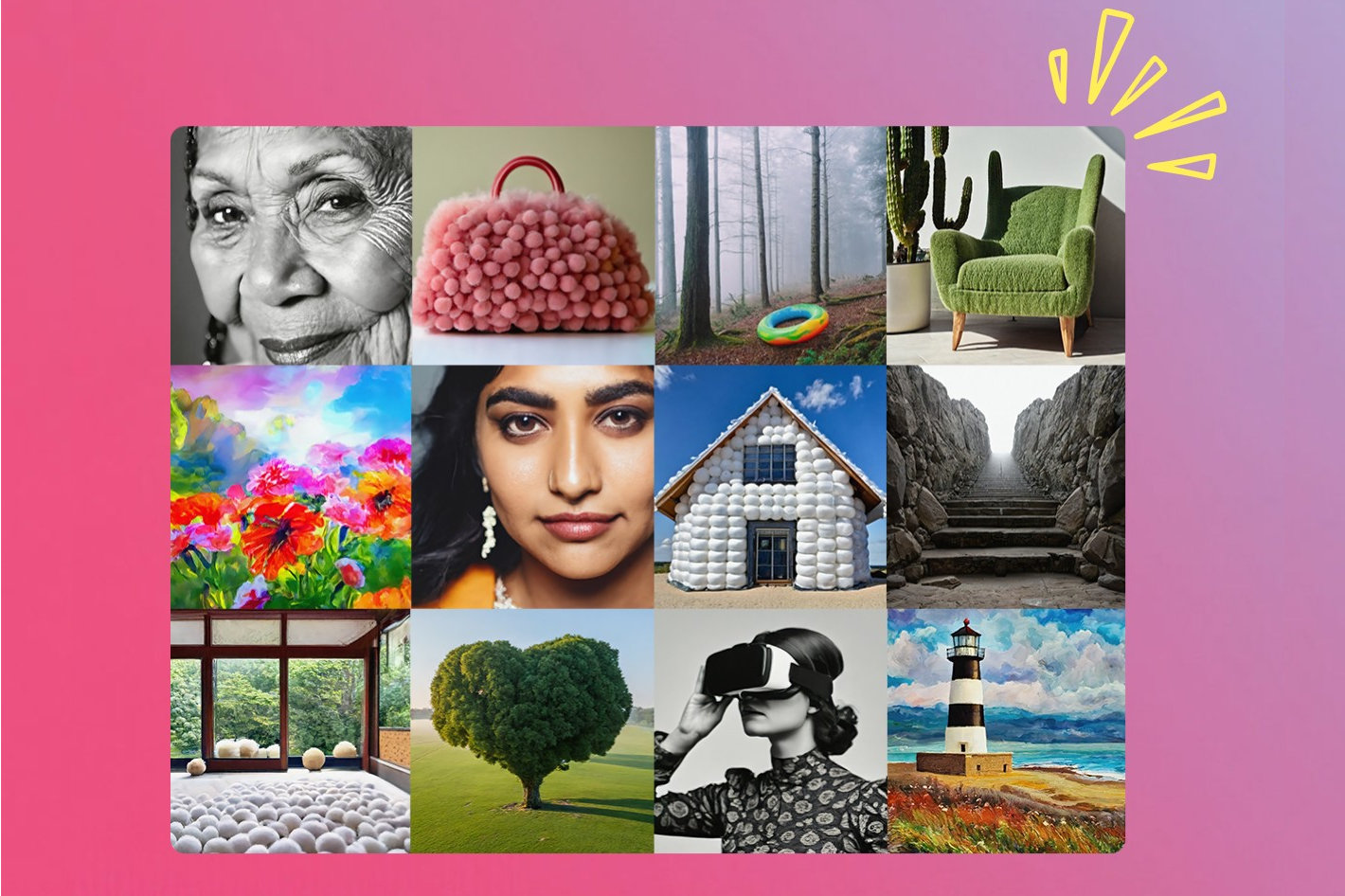
Getty Images wants to protect its photo library and assure clients that it offers an expansive library of authentic and compelling visuals, so it bans AI generative models it can not control… and creates its own.
“Getty Images does not accept files created using AI generative models. This includes Adobe’s recently announced Creative Cloud tools, which are now available with its Firefly‑powered generative AI tools built in,” is the text on the email sent to contributors by Getty Images. The note sent to contributors, shared by website PetaPixel, is revealed as the company also announces the launch of Generative AI by Getty Images, a new tool that pairs the company’s best‑in‑class creative content with the latest AI technology for a commercially safe generative AI tool.
The difference is that the service now offered does not pose any copyright – or other – problems to Getty Images, as the new tool pairs the company’s best‑in‑class creative content with the latest AI technology for a commercially safe generative AI tool. Getty Images banned images created through AI models back in 2022 and announced it would remove all such artworks. In an interview with The Verge, Getty Images CEO Craig Peters said the ban was prompted by concerns about the legality of AI-generated content and a desire to protect the site’s customers.
Although there is no clear indication that other stock photo libraries are moving away from generative AI models, The Verge indicates in the article mentioned above that Shutterstock, which is a rival of Getty Images, “seems to be limiting some searches for AI content”. There is, also according to the article and other sources, a growing number of websites banning upload and sale of illustrations generated using AI art tools like DALL-E, Midjourney, and Stable Diffusion.
The website NewGrounds notes that “AI-generated art is not allowed in the Art Portal. This includes using tools such as Midjourney, Dall-E, and CrAIyon, in addition fractal generators and websites like ArtBreeder, where the user selects two images and they are combined into a new image via machine learning.” The website adds that “ We want to keep the focus on art made by people and not have the Art Portal flooded with computer-generated art.”
Purpelport banned machine generated images in 2022 (one year ago) stating that “Due to the rise of machine-generated images, we have decided to ban this type of image. Uploading images generated using services (such as Midjourney/DALL-E/Craiyon/Stable Diffusion/etc.), where you type a phrase or description of the desired image and a machine algorithm (often called A.I) creates an image for you, is banned from PurplePort until further notice. It doesn’t matter which service or machine learning algorithms are used. If you upload such images, they will be removed.”
As noted above, the new service offered by Getty Images does not pose any copyright, because the company knows the source of the image used by its system. Generative AI by Getty Images is trained on the state‑of‑the‑art Edify model architecture, which is part of NVIDIA Picasso, a foundry for generative AI models for visual design. The tool is trained solely from Getty Images’ vast creative library, including exclusive premium content, with full indemnification for commercial use. Sitting alongside the company’s broader, industry‑leading services, Generative AI by Getty Images works seamlessly with the company’s expansive library of authentic and compelling visuals and Custom Content solutions, allowing customers to elevate their entire end‑to‑end creative process to find the right visual content for any need.
On introducing the new service, the company said that “customers creating and downloading visuals through the tool will receive Getty Images’ standard royalty‑free license, which includes representations and warranties, uncapped indemnification, and the right to perpetual, worldwide, nonexclusive use in all media. Content generated through the tool will not be added into existing Getty Images and iStock content libraries for others to license. Further, contributors will be compensated for any inclusion of their content in the training set.”
“We’ve listened to customers about the swift growth of generative AI – and have heard both excitement and hesitation – and tried to be intentional around how we developed our own tool,” said Grant Farhall, Chief Product Officer at Getty Images. “We’ve created a service that allows brands and marketers to safely embrace AI and stretch their creative possibilities, while compensating creators for inclusion of their visuals in the underlying training sets.”
Generative AI by Getty Images can now be enabled on GettyImages.com. Customers can also choose to integrate the service into their existing workflows and applications through an available API.
Customers will soon be able to customize Generative AI by Getty Images with proprietary data to produce images with their unique brand style and language. This and other service advancements will be added later this year. Follow the link to learn more about Generative AI by Getty Images, how to get access, and Getty Images’ stance on responsible AI practices.
